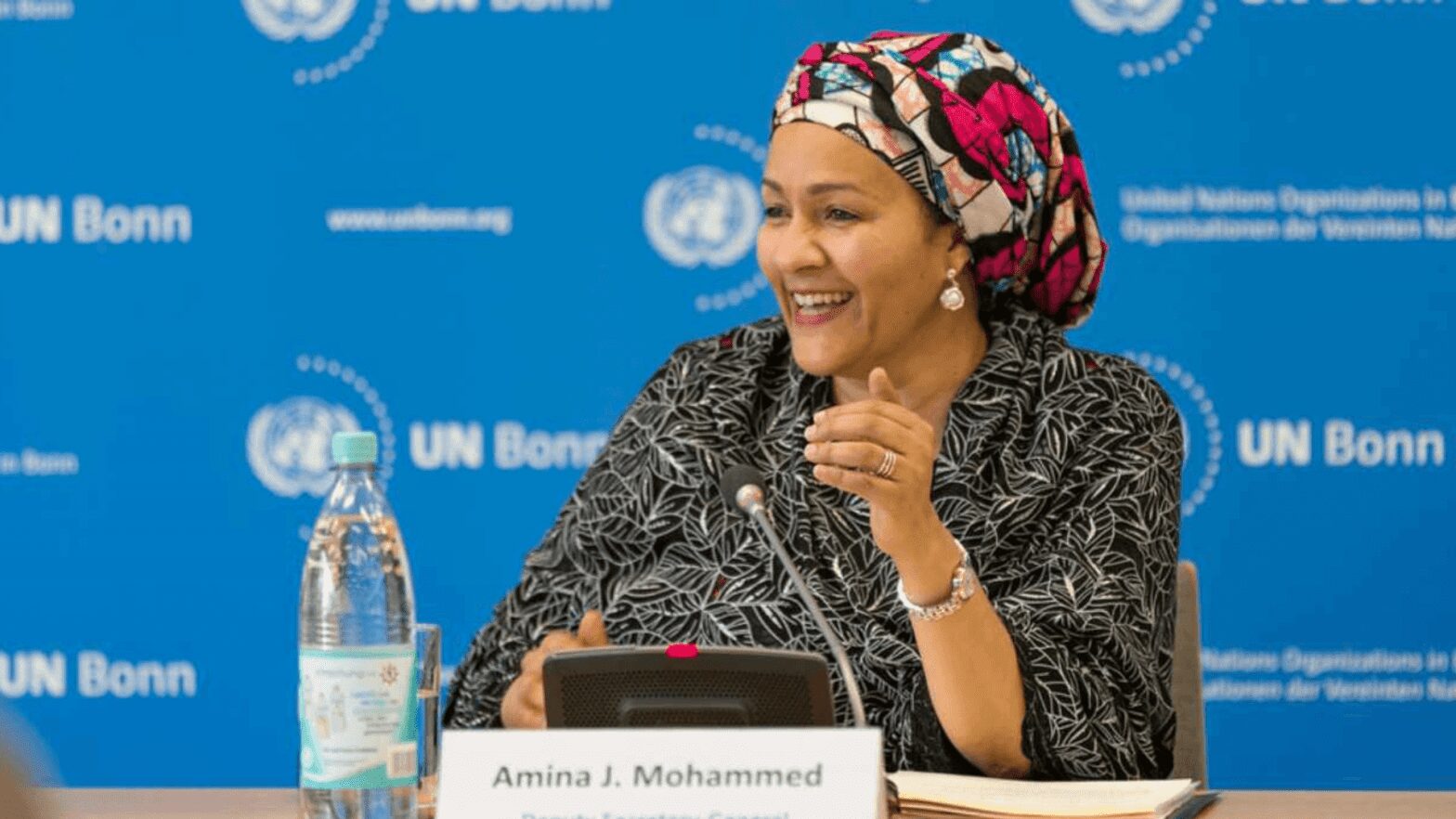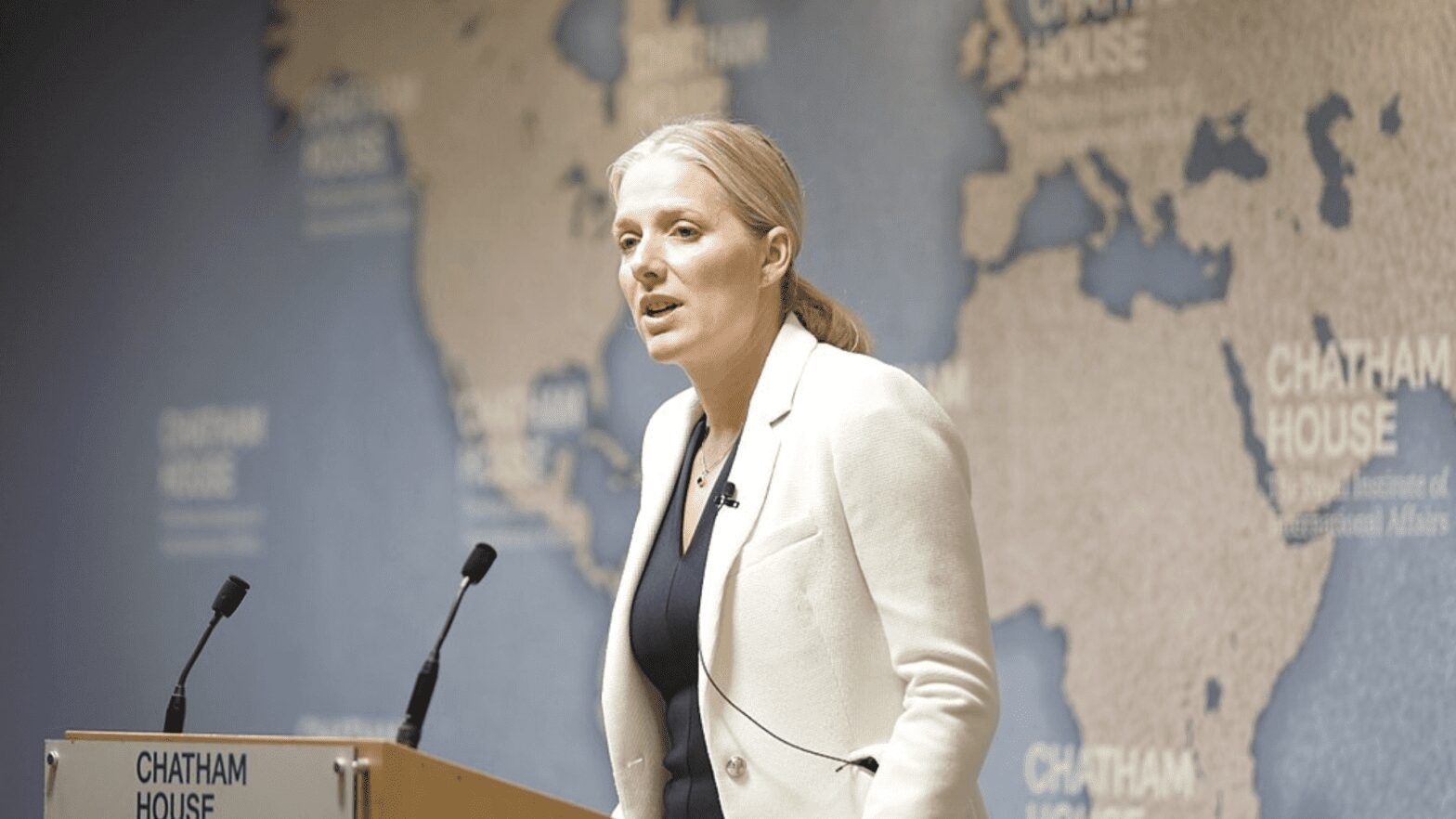wind energy offshore floating has stood out as an innovative technology that drives the development of renewable energies in the marine environment. Unlike wind farms offshore traditional, where the turbines are fixed to the bottom of the sea, wind energy offshore floating uses floating structures to support wind turbines.
This approach brings a number of benefits and advantages. First, wind energy offshore floating allows the installation of wind turbines in deeper areas and farther from the coast, where the winds are stronger and more stable. This significantly expands the potential for offshore wind power generation, opening up new opportunities for the expansion of renewables. In addition, floating structures provide greater flexibility in choosing installation locations. They can be moved and repositioned as needed, making it easier to adapt to changing marine conditions and allowing optimization of power generation in different regions.
wind energy offshore floating also has significant environmental benefits. The installation of wind turbines on floating structures reduces the impact on the marine ecosystem, as it does not require attachment to the seabed. In addition, wind energy is a clean and renewable source, contributing to the reduction of greenhouse gas emissions and mitigation of climate change.
Through innovation in wind energy offshore, we are moving towards a more sustainable and resilient future. Continuous research and development in this area has driven increased efficiency and reduced costs, making this technology increasingly viable and competitive in the energy sector. As more countries and companies embrace wind power offshore as part of its energy transition strategies, we are witnessing a significant milestone in the expansion of renewable energies at sea. This advance drives not only the generation of clean energy, but also the creation of jobs, technological development and the promotion of sustainability at a global level.
The US Department of Energy aims to install 15 GW of wind turbines offshore wind farms by 2035. IberBlue Wind (a joint venture specializing in the design, development and management of floating offshore wind farms) recognizes the potential of Spain and Portugal to become the world's main market for wind energy offshore floating. Spain approved a roadmap for wind energy development offshore and marine, with the objective of achieving between 1 and 3 GW of wind energy offshore by 2030, while Portugal has set a target of 10 GW of energy production by 2030. IberBlue Wind are all located in areas designated for wind power offshore and expects Spain to increase its power capacity to 25 GW to supply electricity to 2.5 million homes.
Wind Energy offshore Floating: Embracing New Opportunities for a Sustainable Future
Unlike onshore wind energy, wind energy offshore benefits from stronger and more constant winds due to the absence of obstacles such as mountains or buildings, resulting in significant potential for power generation. This form of renewable energy plays a crucial role in the global decarbonization process, which seeks to reduce greenhouse gas emissions and combat climate change. wind energy offshore it has a high potential and strategic value in socioeconomic and environmental terms.
wind energy offshore floating, which is based on floating rather than fixed structures, brings with it new perspectives and promising alternatives. This modality opens doors to the installation of wind turbines in larger and deeper marine areas, far from the coast, exploring even greater wind potential. By overcoming this challenge, it becomes a viable solution to provide clean, renewable and non-polluting energy for a more sustainable planet.
One of the main advantages of using wind energy offshore fluctuating is the reduced potential environmental impact. In addition, manufacturing and installation become more practical, since the turbines and floating platforms can be built and assembled on dry land and later towed to the installation site. offshore. This approach simplifies the process and enables the use of more intense winds present in deeper sea areas, which increases energy efficiency.
The ability to exploit stronger and more constant winds in areas offshore more distant offers a series of benefits. In addition to the significantly increased power generation potential, wind power offshore Floating energy plays a crucial role in expanding the geographic reach of this form of renewable energy. This means that locations farther from the coast, previously inaccessible to fixed installations, can now benefit from wind energy, contributing to greater diversification of the energy matrix and reducing dependence on fossil fuels.
By adopting wind energy offshore floating, it is possible to take a step towards a sustainable future. This innovative approach represents an efficient and promising solution to boost the transition to clean and inexhaustible energy sources. Combining ease of manufacture and installation with its exceptional energy potential, wind power offshore floating will play a key role in providing clean energy and contribute to the reduction of greenhouse gas emissions.
As we move towards a more sustainable world, it is essential to invest in research and development to further improve wind energy technology. offshore floating. By overcoming technical challenges, improving efficiency and reducing costs, strengthening its position as a reliable and efficient alternative for renewable energy production.
Types of Floating Platforms for Wind Generators
There are different types of floating platforms (Floating Offshore Wind Platform – FOWP) that can be used for the installation of wind turbines in wind energy projects offshore floating. These platforms are designed to provide stability and support to wind turbines, allowing them to operate in deeper offshore areas. The substructure is the element on which the wind turbine is installed, providing it with buoyancy and stability. There are three main types of substructures used for floating wind turbines: concrete, steel and hybrid. Among the structures are:
- Concrete Substructures: These substructures are constructed with reinforced concrete structures, which provide stability and strength. They are often used in large-scale projects due to the durability and low cost of concrete. Concrete substructures can be floating or anchored to the seabed, depending on local conditions and water depth.
- Steel substructures: These substructures are manufactured using steel structures, which are robust and highly resistant to corrosion. They are often used in offshore environments where environmental conditions are more severe. Steel substructures can be designed as floating, semi-submersible or moored towers depending on project requirements and site conditions.
- Hybrid substructures: Hybrid substructures combine concrete and steel elements to take advantage of both materials. This approach aims to obtain an optimized solution in terms of cost, performance and sustainability. Hybrid substructures can be designed in a variety of ways, depending on project needs and site conditions.
The choice of substructure type depends on several factors such as water depth, environmental conditions, load requirements and economics. Each type of substructure has its advantages and challenges, and the continuous development of these technologies seeks to improve the efficiency, durability and viability of floating wind turbines. The following are some of the most common types of floating platforms used:
- Tension Platforms in Catena: These platforms are composed of an anchoring system in which one or more catenaries connect the floating platform to the sea floor. The tension in the catenaries provides stability to the platform and compensates for the movements caused by the waves.
- Semi-submersible Platforms: These platforms are composed of floating vertical columns connected to a submerged horizontal structure. The buoyancy of the columns keeps the platform above the water's surface, while the submerged structure provides additional stability.
- Cable Tension Platforms: These platforms use tension cables anchored to the seabed to provide stability. Ropes are adjusted to keep the platform level and minimize movement caused by waves.
- Floating Column Platforms: These platforms consist of a vertical column that floats in the water. Stability is provided through ballasts and stabilization systems such as air chambers or water ballasts that can be filled or deflated as needed.
- Floating Disc Platforms: These platforms have a floating disc-shaped structure that provides stability and support for the wind turbines. The disc's shape allows it to move with the waves and reduce platform movements.
Each type of floating platform has specific characteristics and properties that determine its viability and performance in different marine conditions. Choosing the right platform depends on several factors, such as water depth, environmental conditions, type of seabed and characteristics of the project in question. The continuous development of these technologies has enabled the expansion of wind energy offshore floating and the use of more challenging marine areas for the generation of clean and renewable energy.
















